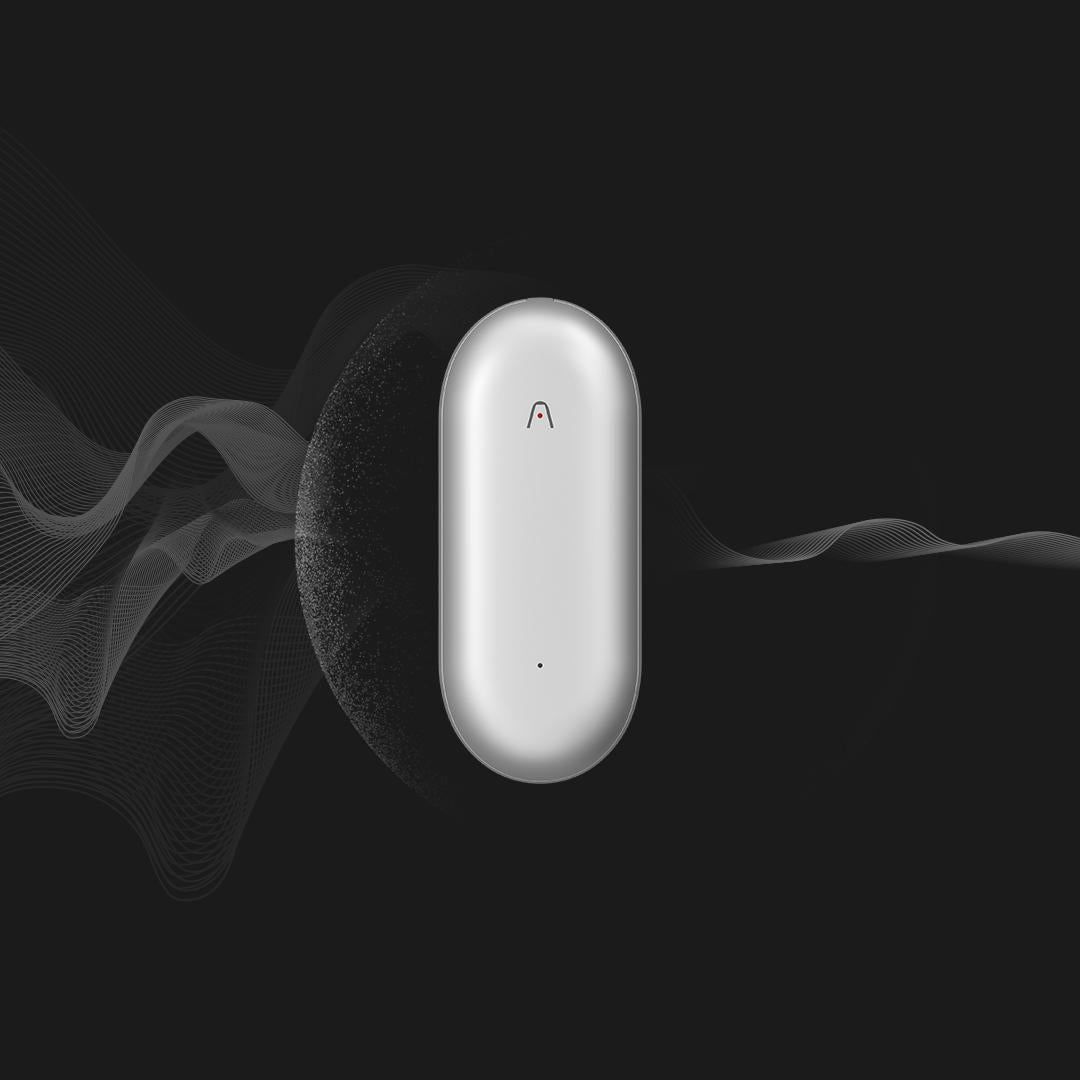Unlock Your Productivity: Discover the Ultimate Note-Taking Device That Fits Your Lifestyle!
In today’s fast-paced world, the ability to capture ideas and organize thoughts efficiently is paramount to enhancing productivity. Note-taking is not just a task; it’s an essential skill that can make or break your ability to retain information and streamline your workflow. Whether you're a student trying to keep up with lectures, a professional in meetings, or simply someone who enjoys journaling, the right note-taking device can significantly boost your productivity. This article aims to guide you through the myriad of options available on the market, helping you to identify the best note-taking device that aligns with your personal and professional needs.

Understanding Your Note-Taking Needs
Before diving into the vast selection of note-taking devices, it’s crucial to understand your unique needs. Consider factors such as portability—do you need a device that you can carry around easily? The functionality is another important aspect; are you looking for a device that allows for handwritten notes, or do you prefer typing? Personal preferences also come into play—some individuals find comfort in the tactile feel of pen on paper, while others thrive in the digital realm. A friend of mine, who is a busy executive, swears by his digital tablet because it allows him to integrate his notes directly into his workflow, while another friend, an artist, prefers traditional notebooks to sketch out ideas. Evaluating these factors will help you narrow down your options.
Types of Note-Taking Devices
When it comes to note-taking devices, there are several categories to choose from. Digital tablets offer advanced features like handwriting recognition and seamless integration with various applications, making them a popular choice among tech-savvy users. Smart notebooks, on the other hand, combine the traditional experience of writing on paper with the benefits of digital storage, allowing you to upload and organize your notes easily. Lastly, traditional paper notebooks provide the simplest form of note-taking, perfect for those who enjoy the sensory experience of writing. Each type has its merits, and the choice largely depends on how you intend to use your notes. For instance, if you often switch between digital and physical formats, a smart notebook could be ideal, while a digital tablet might suit someone who frequently collaborates online.
Features to Look For
When evaluating note-taking devices, certain features can significantly enhance your experience. Ease of use is paramount—look for devices that allow you to start taking notes quickly without a steep learning curve. Integration with apps is another important feature, especially if you rely on project management or productivity tools. Battery life can also be a dealbreaker for digital devices; you don’t want to be caught without power during a critical meeting. Some devices also have the ability to convert handwritten notes into text, which can save time during transcription. A colleague of mine found this particularly useful during her university days, enabling her to focus on lectures rather than worrying about how to organize her notes afterward.
Comparing Popular Options
As you explore various note-taking devices, it’s beneficial to compare the pros and cons of each type. Digital tablets often excel in versatility and functionality, allowing you to edit and share notes instantly, but they might come at a higher cost and require charging. Smart notebooks offer a unique blend of traditional and digital, allowing you to enjoy the tactile experience of writing while still having access to digital storage; however, they may not be as intuitive as fully digital solutions. Traditional paper notebooks are affordable and straightforward but lack the convenience of digital organization. Considering these factors can help you make an informed decision based on your priorities and lifestyle.
How to Choose the Right Device for Your Lifestyle
Selecting the right note-taking device involves assessing your personal lifestyle needs. Consider your work environment—do you often travel, or are you mostly stationary? If you work in a dynamic setting where mobility is key, a lightweight digital tablet may be the best option. Think about your personal habits as well; if you frequently jot down ideas on the go or enjoy sketching, a smart notebook could serve you well. Reflect on your workflow—do you need to share notes with colleagues or access them from multiple devices? Understanding these aspects will help you align your choice with your daily routines and tasks, ensuring that the device you select enhances rather than hinders your productivity.
Key Takeaways for Selecting Your Ideal Note-Taking Device
In conclusion, selecting the right note-taking device is a crucial step towards unlocking your full productivity potential. By understanding your needs, exploring the types of devices available, and considering key features, you can make an informed decision that enhances your note-taking experience. Remember, the best device is one that aligns with your lifestyle, preferences, and workflow. Take the time to evaluate your options, and you’ll find the perfect note-taking companion that keeps your thoughts organized and your ideas flowing.







Comentarios